How to Become a Master Portrait Storyteller?
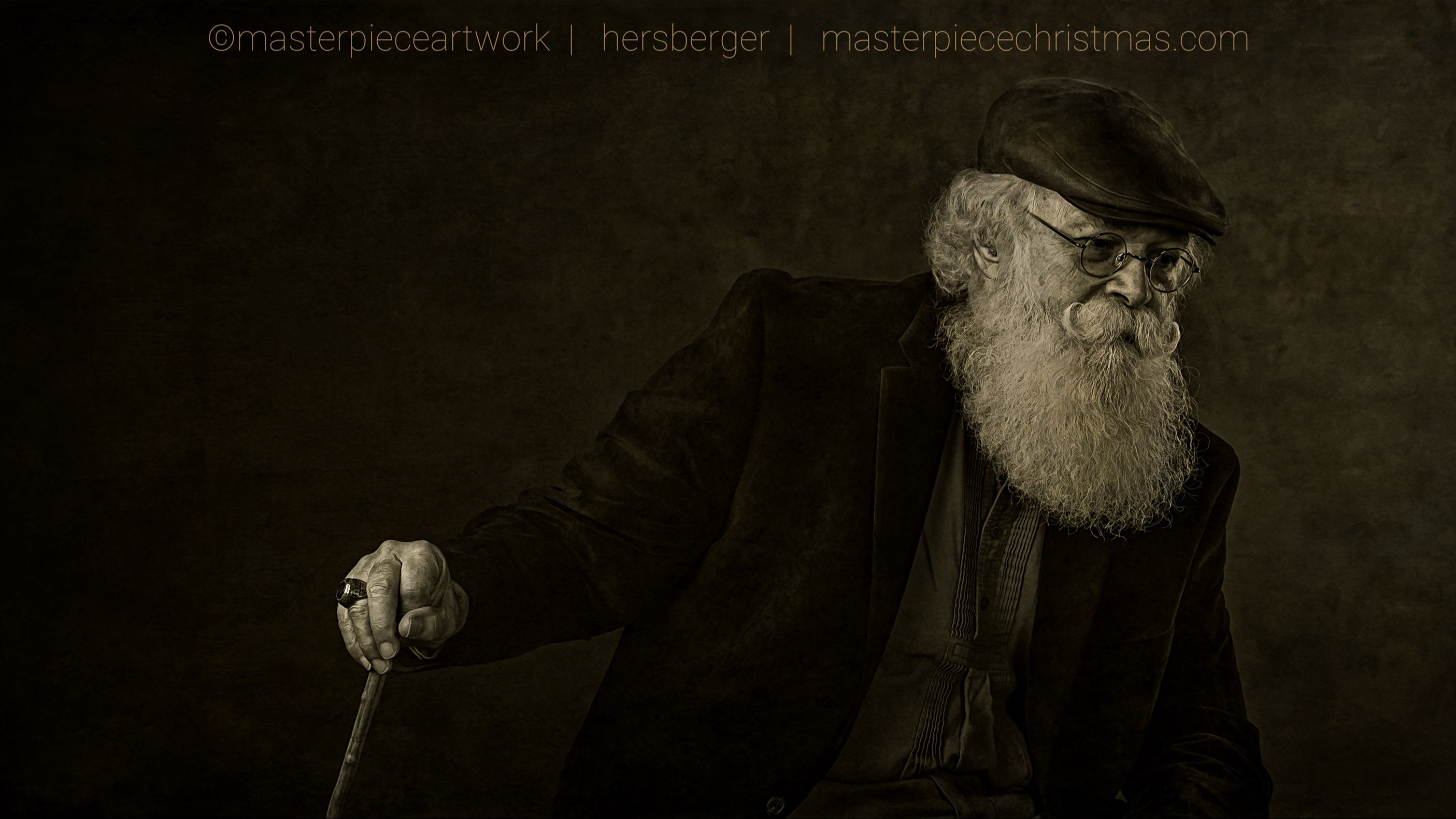
How to Become a Master Portrait Storyteller.
Learn to be a master portrait storyteller.
Being a master storyteller is a deeply rewarding and lifelong journey that involves a combination of technical skills, artistic vision, and storytelling abilities. Here are some more in-depth steps to help you embark on this creative path and continuously grow and become a world-class storyteller:
Champion the Technical Skills.
Telling stories cannot be done effectively without understanding your camera, equipment, and basic fundamentals. Delve into the technical aspects of your camera and equipment.
Learn how to control the aperture, shutter speed, ISO, and white balance to achieve the desired effects in your portraits. Familiarize yourself with various camera modes and when to use them effectively.
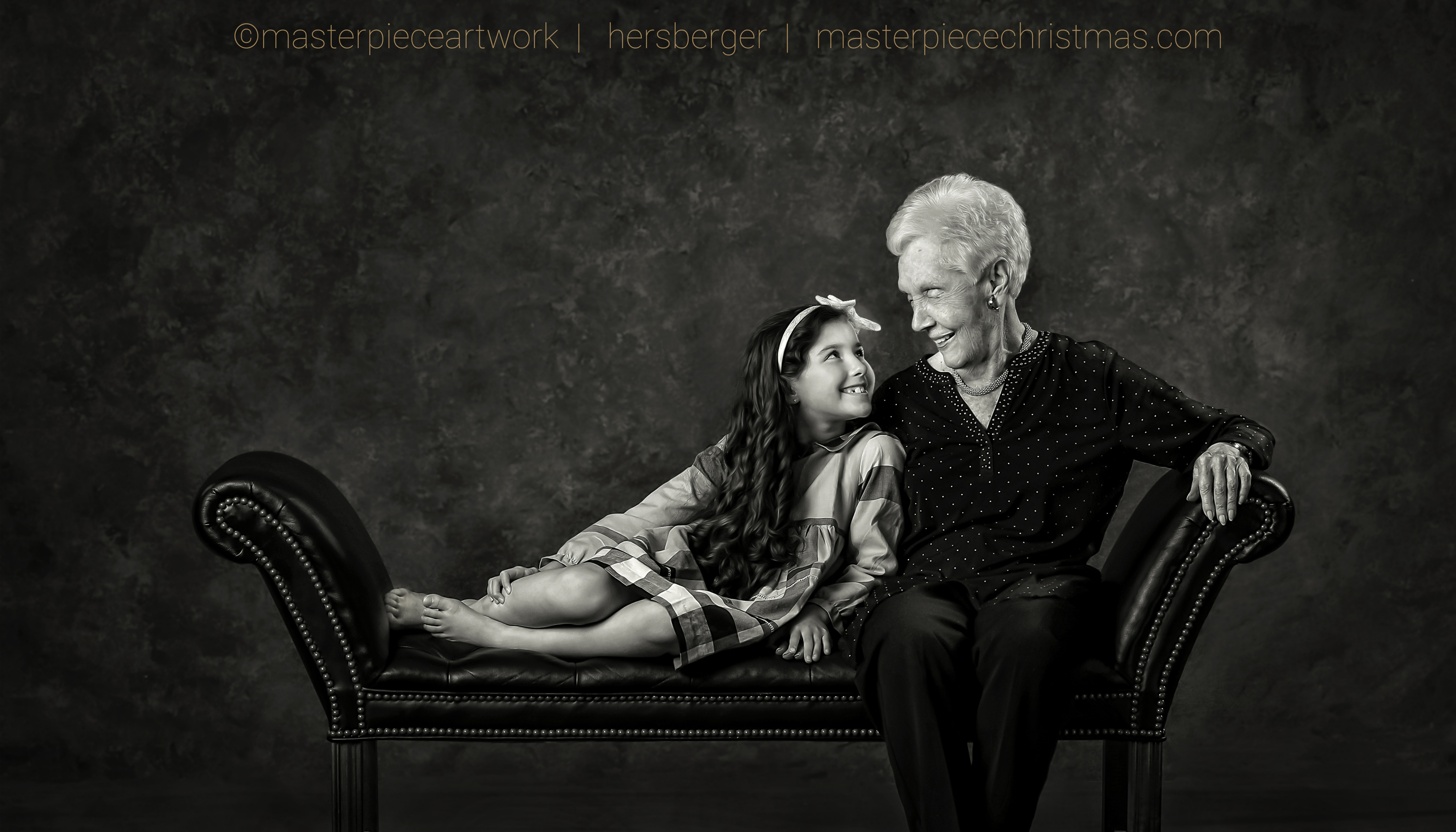
Lighting Techniques.
Lighting is a crucial aspect of portrait photography that significantly impacts the mood and storytelling potential of your images. Study various lighting setups, including natural light, artificial lighting, and mixed lighting scenarios. Learn to use different modifiers and reflectors to control and shape light to create the desired atmosphere.
Composition.
Composition is the foundation of a visually compelling portrait. Dive into the principles of composition, such as the rule of thirds, leading lines, symmetry, and negative space. Understanding these concepts will help you create well-balanced and aesthetically pleasing portraits that effectively convey your narrative.
Post-processing: While it's essential to capture compelling portraits in-camera, post-processing can elevate your storytelling to another level. Photo editing software like Adobe Photoshop and Lightroom to enhance the mood, colors, and overall impact of your portraits. Remember, post-processing should serve your storytelling goals and never overshadow the essence of the image.
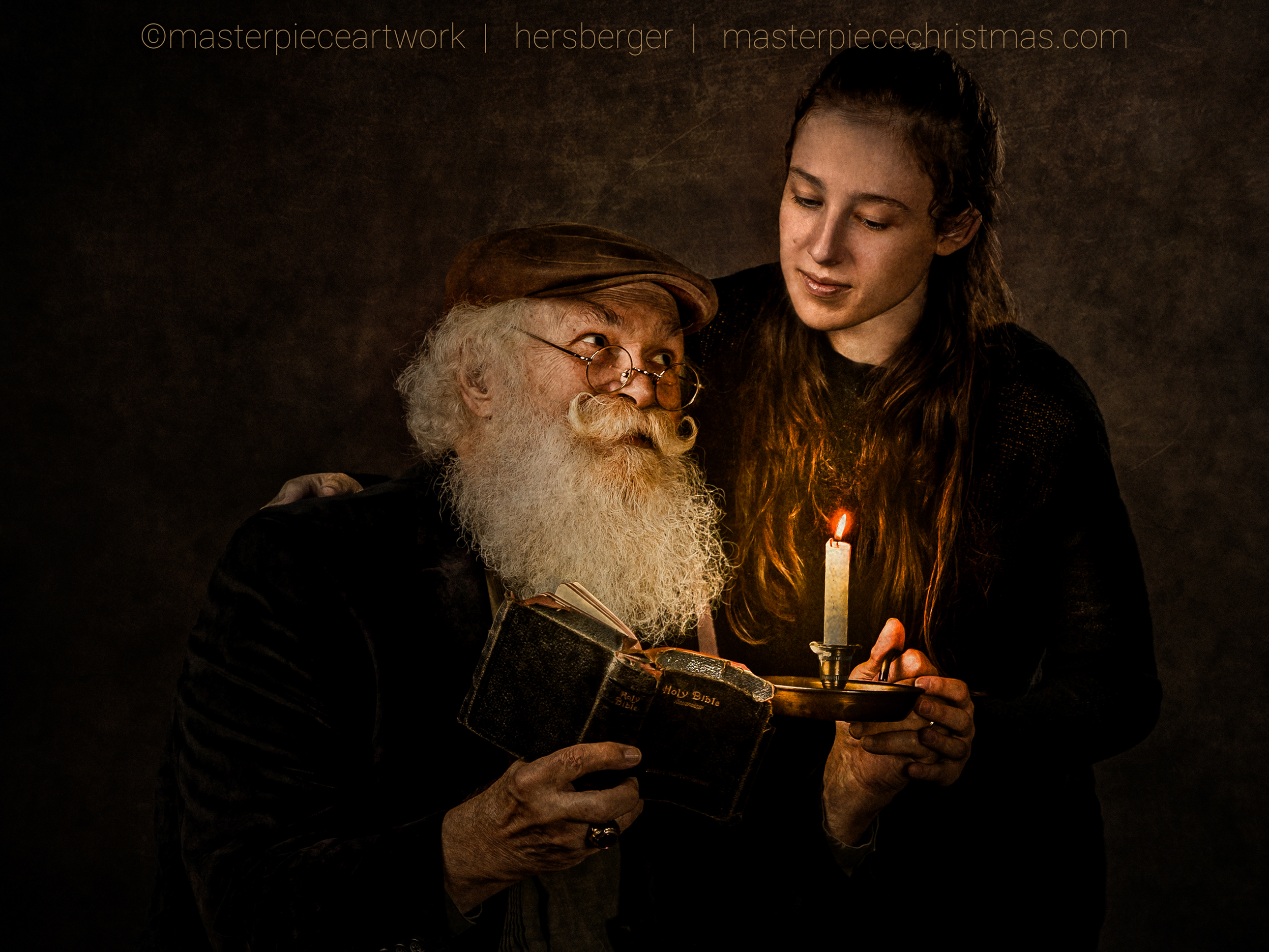
Study Portraiture and Photography.
Analyzing the style of photographers and artists who you relate to the most. Immerse yourself in the works of legendary portrait photographers and painters throughout history.
Analyze their techniques, use of light, composition, and how they captured the essence of their subjects' stories. From classic artists like Leonardo da Vinci to contemporary photographers like Annie Leibovitz, each has a unique approach worth studying.
Attending Workshops and Courses: Enroll in photography workshops, attend lectures, and take online courses from established photographers and art institutions. These experiences will not only deepen your technical knowledge but also expose you to different creative perspectives.
Engaging with Photography Books: Read books and biographies about famous photographers and their processes. Learn about their struggles, successes, and the stories behind some of their most iconic portraits. This exposure will inspire and challenge you to push the boundaries of your own storytelling.
Develop Your Artistic Vision.
Define Your Style: Experiment with different shooting techniques, lighting styles, and post-processing until you find your unique artistic voice. Strive to develop a signature style that sets your portraits apart and makes them instantly recognizable.
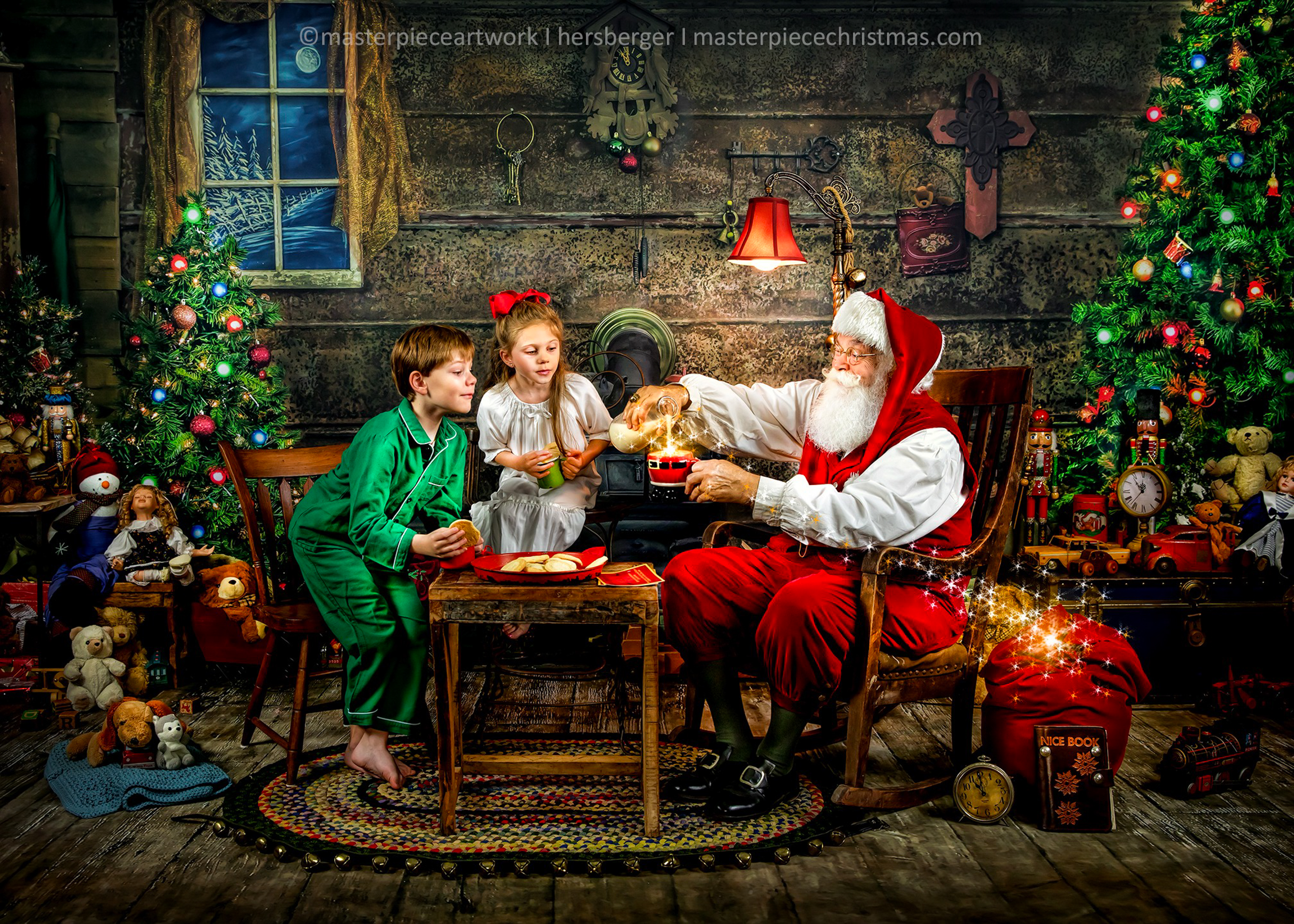
Conceptualize Your Stories.
Move beyond merely taking portraits, and start envisioning the narratives you want to convey. Develop themes and concepts for your photography sessions that will guide your creative storytelling process and enable you to tell a deeper, more evocative story.
Embrace Vulnerability and Authenticity.
As a portrait storyteller, allow yourself to be vulnerable in your work. Explore emotions and experiences in your subjects that resonate with your own feelings. Discuss their life stories in advance This connection with your subjects will lead to more authentic and emotionally charged portraits.
Few things are more important in life than authenticity. Not only will it help your storytelling, it will help you in your life and your own personal story. Great storytellers will create a photograph that evokes emotion at a glance.
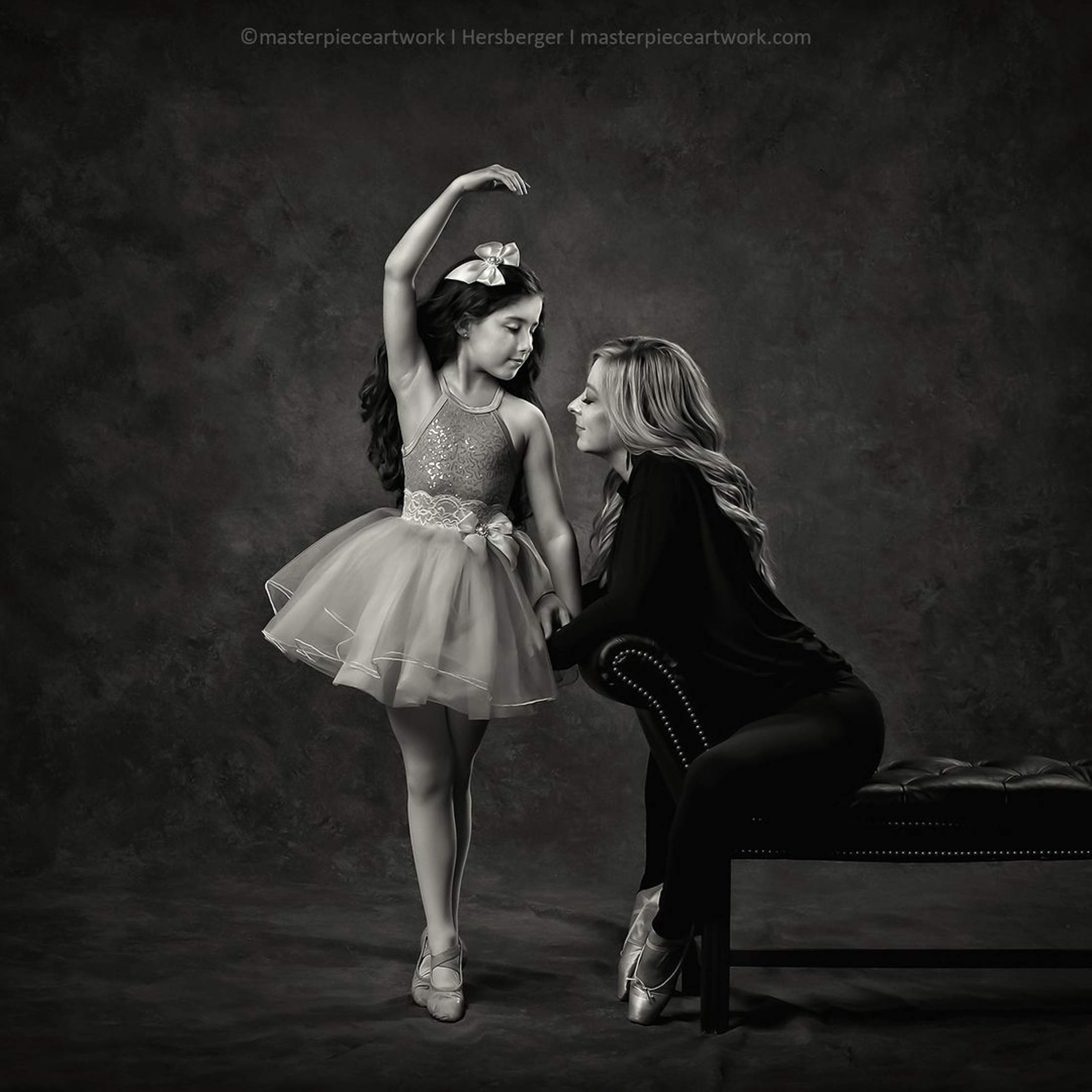
Building Your Audience.
Your followers and authentic audiences will clearly love your work and support you because it is authentically your style from beginning to end. Each time they see an image and story created by you, they know the style immediately is from you and no other artist.
Creating your own authentic style provides a picture of you to your audience as a unique artist and/or photographer.
When done well, portraits created by a great storyteller will touch most people in some way that they did not expect. When stories are told by a photographer and are created consistently with their style, audiences will quickly associate that specific style of storytelling and methodology with only one photographer.
Connect with Your Subjects.
Build Rapport: Building trust and rapport with your subjects is essential to capturing their true essence. Engage in meaningful conversations, listen to their stories, and make an effort to understand their personality, passions, and struggles.
Use Empathy to Uncover Stories: An empathetic approach will help you go beyond the surface and uncover the deeper stories of your subjects. Empathy allows you to capture their vulnerabilities and strengths, resulting in more compelling and empathetic portraits.
A professional storyteller knows that stories do not always come from writing. The photographic storyteller will write his or her stories visually. The photographer's readers see their story in visual writing. In the photographer's world, to see is to write. Their article or story is their photograph.
Practice and Experiment.
Regular Practice: Like any skill, mastering portrait storytelling requires consistent practice. Dedicate time to regularly photograph subjects, experiment with different lighting setups, and refine your techniques.
Experiment with Style and Techniques: Step out of your comfort zone and try new styles and techniques. Be willing to take risks and push the boundaries of your creativity. Some of your most remarkable discoveries may come from stepping into the unknown.
Personal Projects.
Undertake personal projects centered around specific themes or subjects that inspire you. Personal projects provide you with the freedom to explore and experiment without client or commercial constraints.
Many of your followers or style audience will want to offer to be your subject. Take them up on it.
Always be DOING!
Your style is developed in the "doing"...not the thinking. It is interesting but quite true. You can theorize all you like, but nothing begins to transform itself until you create over and over. From these numerous artistic events and the study of the resulting detail, you will gain knowledge that cannot be taught.
Be sure you are around people who support your vision and narrative. Are they good listeners? Trusted listeners can be a great sounding board. Just do not let them steer you from your journey. In many cases, you simply have to talk so your ideas get out of your head.
Create, then create some more, then repeat the last two steps. Putting your knowledge to work will help you in many funny and unexpected ways. You will gain insights into your own style and actually watch it develop in front of your own eyes.
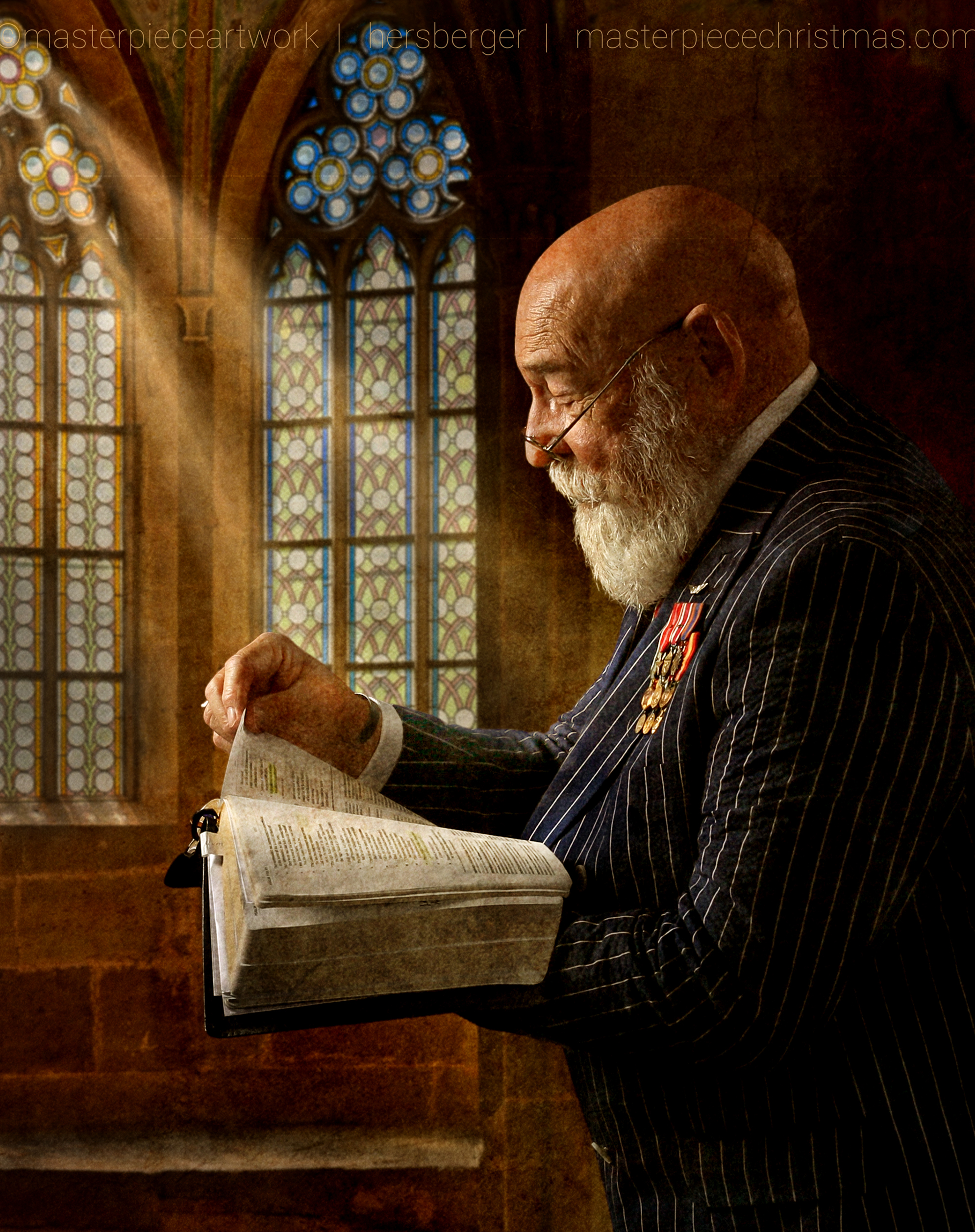
Receive Feedback and Critique.
Seek Constructive Criticism: Share your work with fellow photographers, mentors, or online photography communities to receive feedback. Constructive criticism helps you identify areas for improvement and provides fresh perspectives on your storytelling approach.
Learn from Rejections: Rejections and failures are an inevitable part of becoming a great storyteller. Embrace them as opportunities to learn and grow. Use feedback from rejections to refine your storytelling and evolve as a photographer and artist.
Showcase Your Work.
Create a Portfolio: Curate your best portrait stories into an online portfolio or a physical book. A well-organized portfolio will showcase your growth as a portrait storyteller and make it easier for potential clients, companies, or employers to appreciate your artistic vision.
Participate in Exhibitions, Events, and Competitions: Enter your to quality work into photography exhibitions and competitions to gain exposure, recognition, and valuable feedback from experienced judges.
Use Social Media: Leverage social media platforms to share your work and engage with a broader audience. Use platforms like Instagram and Facebook to build a following and connect with potential clients and collaborators.

Your own Secret Sauce.
Most people can recognize great storytellers. Much like painters or musicians, have their own style, brand, and way of telling a story. Think of your favorite author, painter, or photographer. What is it that you love about their work time after time?
When it comes to style, the person, viewer, or reader does not see anything but the story itself. They see the story and the point the photographer/artist is intending quickly. The story and technique then hold their gaze and pulls them into their storytelling world.
There is that certain something that comes from within and is relevant whether in written words, the quality of their light, their sound, and what is heard, or as in photography, the idea is read in the picture in a way that is unto that one specific photographer.
Always keep in mind that each piece you create will have "visual listeners", whether you like it or not. Many can hear your story through their eyes and will point your stories to you. Be mindful so they point to you with admiration. Let them visually "hear" exactly the stories you want to tell.
Be mindful of the words that come out of your mouth, as speaking words create your world and the energy that comes with them will enter your style. A part of your own style is happening and being created with every breath you take. Words are relevant and have consequences.
Learn to Apply the Technical side so well that it Melts Away.
The master storyteller is not only a good storyteller, he/she understands the importance of technical harmony within a finished piece of artwork and story.
People tend to overwork the details or focus on one technical aspect too heavily. This can lead to the audience or viewer not understanding the ideas of the photographer and the story not being even read or told. There are many examples of great lighting that overpowers the rest of the dynamics of the story.
The last thing a great storyteller wants is for the viewer to focus on details and miss the meaning of the art. Good stories are told in photographs by managing the technical details in a way that they are not seen.
This is done in many different ways however the proficient storyteller understands this and incorporates these interesting yet silent details within the piece. The technical sides of master storytelling workS in harmony with each other so as to not interfere with the story itself.

A Journey and Not a Destination.
Remember, becoming a portrait storyteller is not a destination but a continuous campaign of growth, exploration, and dedication. Stay open to learning from diverse sources, be receptive to feedback, and maintain a curious and inquisitive mindset.
Your commitment to storytelling and passion for portraiture will shine through your work and captivate audiences, allowing you to touch hearts and inspire emotions through your captivating portraits.
Your commitment and willingness to fearlessly evolve will with the creation of your authentic audience. This audience of followers will grow and be with you for a lifetime.
How can you become a master storyteller?
Again, remember, learning to tell a story in your own personal style, effectively, is a journey, however, there is a wrong way to embark upon this path and a correct way. Start by booking storytelling courses where the master storyteller encourages the personal development of your own style. This is important.
Master storytellers who want you to book their storytelling courses so you can look like they are really teaching just their style and not substance, technical knowledge, and thought-provoking lessons. If you are serious about becoming a Master Storyteller, it will not just happen in your spare time.
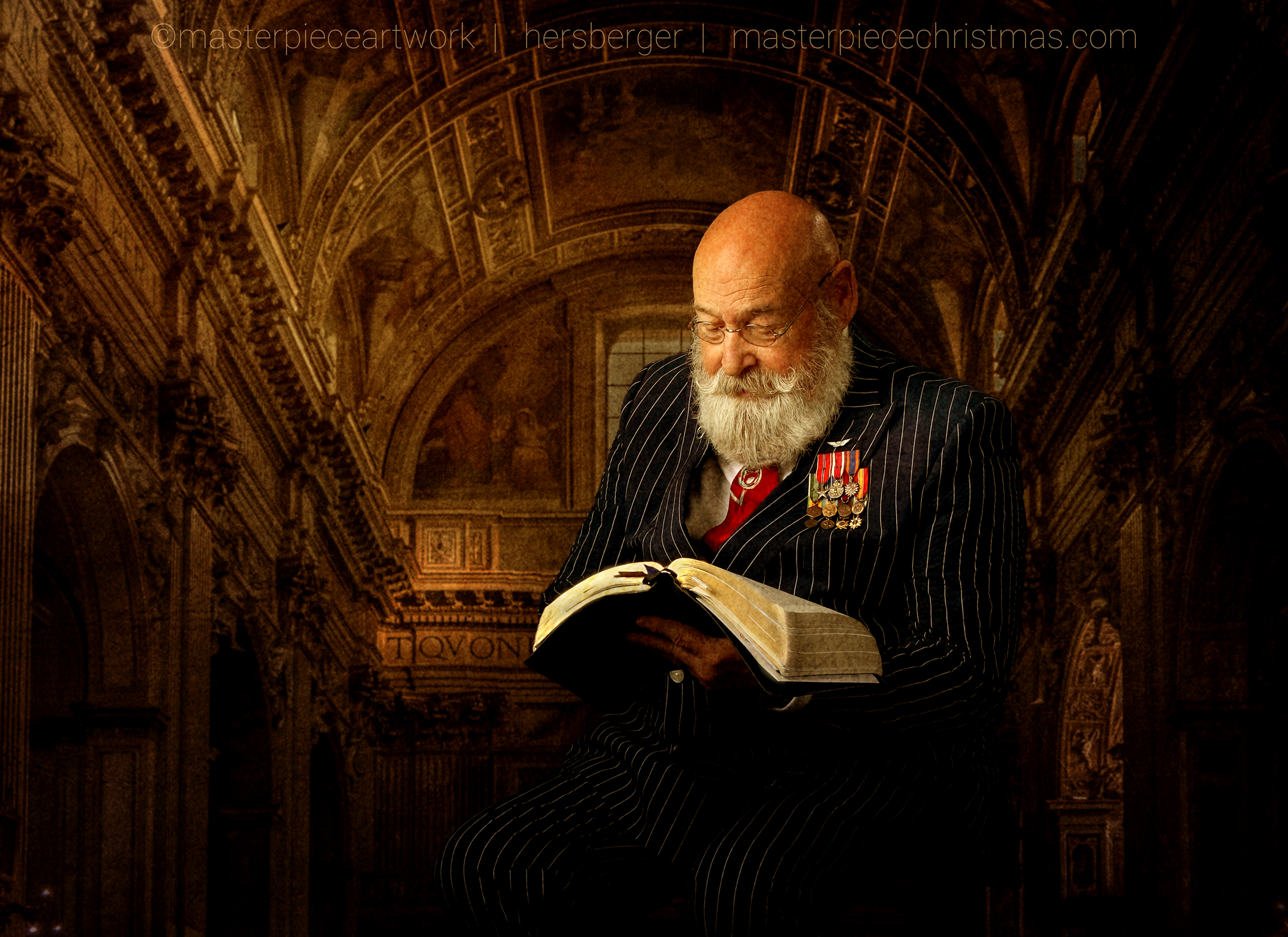
You must learn from great storytellers who teach deeper.
Great storytellers are thinkers. In professional storytelling, there is more to the overall process. Readers and viewers of your work must see the story through "your" style. The story must be well thought out and compelling in a way that is unto you.
A great example of a storytelling course with substance is one that teaches the fundamentals of art and storytelling at the same time. The photographic storytellers who teach in this manner, instead of simply teaching their own secret sauce, will unlock your personal full potential and inner world of stories.
Learning technical skills, methodology, fundamentals, and how to work them in a harmonious fashion will leave you inspired to tell your story as you will. It will also give you the tools to get your own unique ideas, story, and vision out of your head in your own storytelling way.
This can be life-changing for you will go from a good storyteller to a great storyteller. You will watch as your own "right audience" begins to appear, for it is they who will love not your story but how "you" tell your story. Your stories will forever be told in your own style.
It is only though this style of teaching that great storytellers emerge. Not everyone will want this type of course however if you truly want to learn the art of telling stories then you dive in deep, not just learn one person's tips. Your time in this world is short and the great storytellers know they must begin writing their own stories.
Become a Master Storyteller.
My journey as a storyteller is one that is unique to me and me alone, however, the act of this "path to becoming a great storyteller" has been at play for centuries. It is the very best and most determined people who succeed and in turn, find their own inner truth and purpose.
It is my honor to share my knowledge of master storytelling with you, so you may begin your storytelling odyssey or enhance the trek you are currently embarking upon. You must be you and tell each and every story the way only you can tell that story.
It was not until I personally got serious about fearlessly telling my story in my own style, that I began to see myself in my own work. I hope you will as well. You can do this but it is not for the faint of heart.

